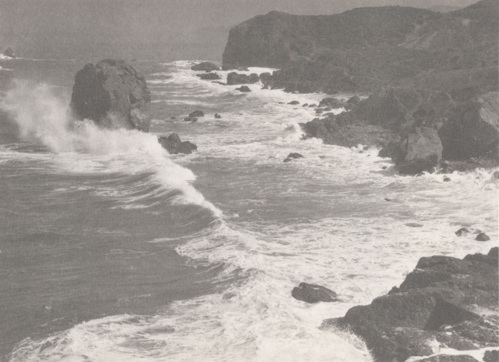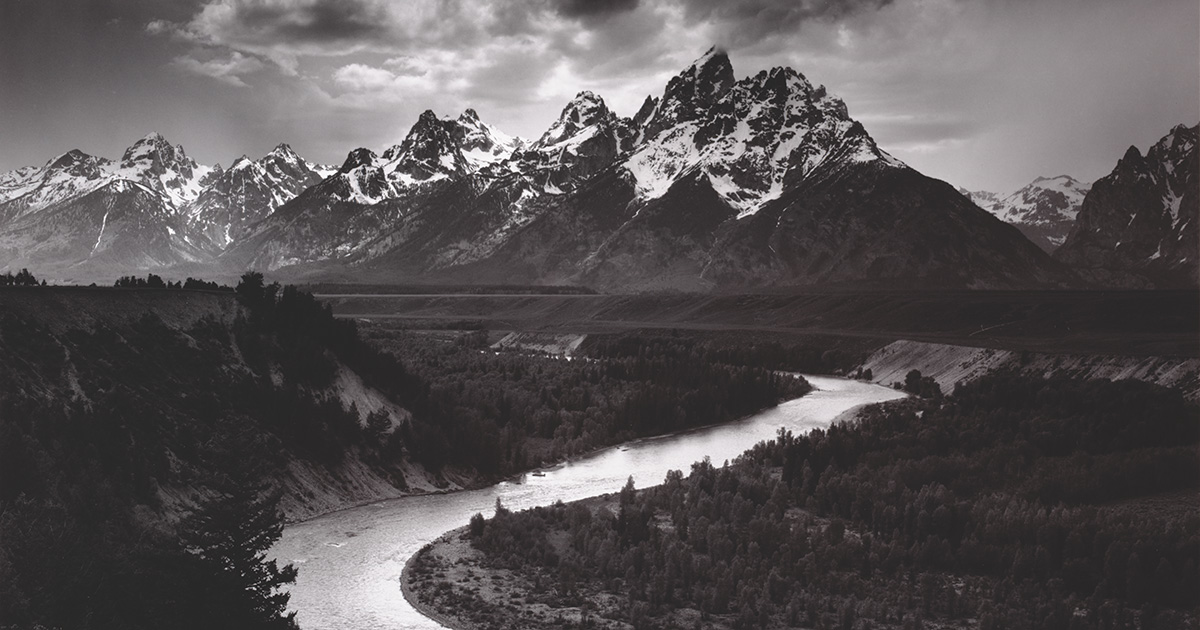- Events & Programs Home
- Calendar
- Accessibility
- Adults
-
Families & Teens
- Families & Teens Home
- 10x10 Teen Art Expo
- Art on the Rise
- Art Together: Art Making for Families with Children Ages 3–5
- Babies Sing with May Festival Minis
- Boy Scouts / Girl Scouts
- CAM Kids Day
- Family Storytime and Gallery Walk
- Family Studio: Art Making for Families with Children Ages 6–12
- Games in the Galleries
- Members-Only Baby Tours
- Public Baby Tours
- REC Reads
- Rosenthal Education Center (REC)
- Saturday Morning Art Class
- See Play Learn Kits
- Summer Camp
- Teen Fest: Zine and Comic Exchange
- RECreate
- Teachers
- Community Outreach
- Fundraisers
- Plan Your Own Event

- Events & Programs Home
- Calendar
- Accessibility
- Adults
-
Families & Teens
- Families & Teens Home
- 10x10 Teen Art Expo
- Art on the Rise
- Art Together: Art Making for Families with Children Ages 3–5
- Babies Sing with May Festival Minis
- Boy Scouts / Girl Scouts
- CAM Kids Day
- Family Storytime and Gallery Walk
- Family Studio: Art Making for Families with Children Ages 6–12
- Games in the Galleries
- Members-Only Baby Tours
- Public Baby Tours
- REC Reads
- Rosenthal Education Center (REC)
- Saturday Morning Art Class
- See Play Learn Kits
- Summer Camp
- Teen Fest: Zine and Comic Exchange
- RECreate
- Teachers
- Community Outreach
- Fundraisers
- Plan Your Own Event
Blog: CAM Uncovered
Blog: CAM Uncovered
- Home
- Plan Your Visit
- Art
-
Events & Programs
- Events & Programs Home
- Calendar
- Accessibility
- Adults
-
Families & Teens
- Families & Teens Home
- 10x10 Teen Art Expo
- Art on the Rise
- Art Together: Art Making for Families with Children Ages 3–5
- Babies Sing with May Festival Minis
- Boy Scouts / Girl Scouts
- CAM Kids Day
- Family Storytime and Gallery Walk
- Family Studio: Art Making for Families with Children Ages 6–12
- Games in the Galleries
- Members-Only Baby Tours
- Public Baby Tours
- REC Reads
- Rosenthal Education Center (REC)
- Saturday Morning Art Class
- See Play Learn Kits
- Summer Camp
- Teen Fest: Zine and Comic Exchange
- RECreate
- Teachers
- Community Outreach
- Fundraisers
- Plan Your Own Event
- Give & Join
- About
- Tickets
- Calendar
- Exhibitions
- Collections
- Blog
- Shop
Making a Playlist for Discovering Ansel Adams
by Allie Blankenship, Curatorial Assistant for Photography
11/13/2024
Discovering Ansel Adams , Curatorial Blog , photograph , music
You might not think that black and white nature photography and music go hand in hand, but for photographer Ansel Adams they did—and in the exhibition Discovering Ansel Adams, they do for CAM as well!
While public knowledge of Adams as a photographer is abundant, his passion for music is less known. Growing up in San Francisco, Adams had opportunities to learn outside of a traditional classroom, including attending concerts at the Panama-Pacific International Exhibition in 1915. Scholars like Anne Hammond have argued that this experience exposed him to the possibility of pursuing a career as a musician. Although life as a professional pianist was a clear path for Adams as a youngster, the joy he felt immersing himself in and photographing nature on his first trip to Yosemite National Park in 1916 was something he couldn’t ignore.

But Adams decided to stop pursuing a career as a professional musician—not to abandon music entirely. He played often and even met his wife, Virginia Best Adams, while practicing on the piano in her father’s Yosemite art studio. In addition to playing the piano throughout his life, Adams was also an avid music collector. His archive, held by the Center for Creative Photography (CCP) in Tucson, Arizona, boasts sheet music by nearly 8o composers—including Adams himself! Music and performance also shaped how he understood photography. He famously felt that a photographic negative is like a composer’s score and the print like the musician’s performance.
Music was clearly very important to Adams, but how should we represent that deep love in an exhibition of photographs? A playlist, of course! I have been inspired for many years by other museums and cultural institutions using playlists to expand on visitor experience in the gallery, and I felt that a musical component would pair nicely with the contemplative nature of Adams’s photographs.
To determine which songs to include, I used a list of the composers in Adams’s own collection and found their most popular works with bonus points for compositions for piano. I then listened to those songs and compared the qualities of the music with the qualities I could see in Ansel Adams’s photographs. Are there loud, sweeping movements that mirror the operatic qualities of The Tetons and the Snake River, Grand Teton National Park, Wyoming? Do the quick finger movement of Palmgren’s Nocturne in Three Scenes Op. 72:1 match the small, delicate details in Leaves, Glacier National Park, Montana? Could I hear in a specific song the grandeur of the seashore Adams captures in Helmet Rock, near Land’s End ? By asking myself these questions, I narrowed down the lengthy list of compositions to about an hour of music that, hopefully, will add to the visual experience of the exhibition.

In the 1958 documentary Ansel Adams, Photographer, Adams, while seated at his piano, states: “Perhaps music is the most expressive of the arts. However, as a photographer, I believe that creative photography, when practiced in terms of its inherent qualities may also reveal endless horizons of meaning.” So, whether you’re in the gallery, looking out over Cincinnati from Art Climb, or on an actual mountain, I hope you take time to contemplate the “horizons of meaning” in nature, art, and music.
Visit Discovering Ansel Adams to experience the artist’s photographs accompanied by the exhibition soundtrack.
Related Blog Posts
Cincinnati, OH 45202
Toll Free: 1 (877) 472-4226
Museum Hours
Museum Shop
Terrace Café
Library
Cincinnati Art Museum is supported by the tens of thousands of people who give generously to the annual ArtsWave Campaign, the region's primary source for arts funding.

Free general admission to the Cincinnati Art Museum is made possible by a gift from the Rosenthal Family Foundation. Exhibition pricing may vary. Parking at the Cincinnati Art Museum is free.
Generous support for our extended Thursday hours is provided by Art Bridges Foundation’s Access for All program.

General operating support provided by:




